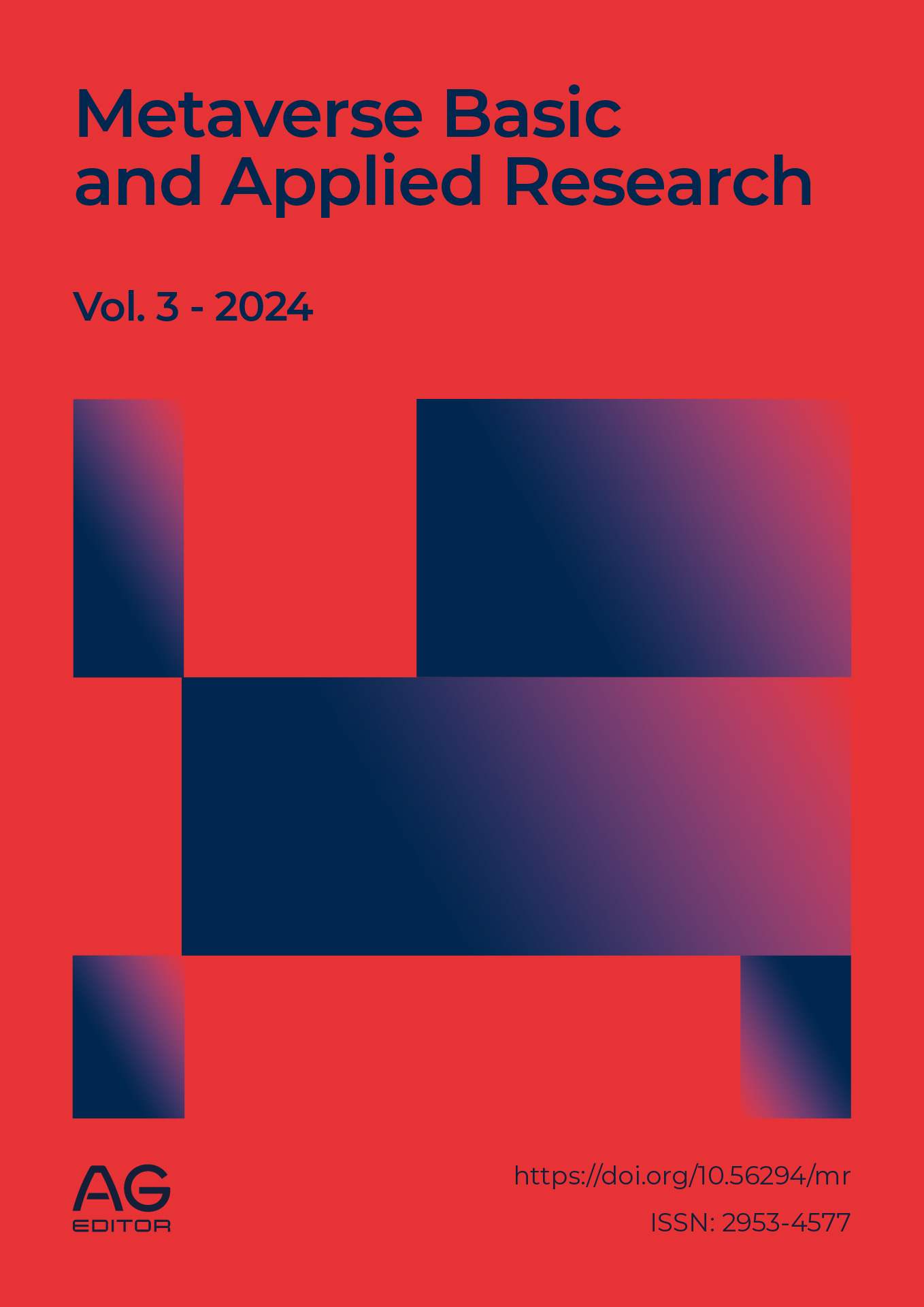Immersive education in the metaverse: bridging the gap between technology and social collaboration
DOI:
https://doi.org/10.56294/mr2024.93Keywords:
Immersive Learning, digital ethics, social interaction, educational metaverse, virtual realityAbstract
The educational metaverse has the potential to transform education by integrating technology and social interaction design, generating immersive, collaborative, and emotionally meaningful learning experiences. This approach fosters social interaction, cognitive presence, and personalized learning, with observed benefits in student motivation and engagement, although academic outcomes remain variable. However, ethical and pedagogical challenges arise regarding equity of access, data privacy, and teacher training. For the metaverse to achieve its transformative impact, it is essential to implement it with sound pedagogical approaches, clear ethical frameworks, and inclusive policies, moving toward an educational model that enhances collaboration, student agency, and equity.
References
Mustafa B. Analyzing education based on metaverse technology. Technium Social Sciences Journal [Internet]. 2022; 32(1), 278–295. https://doi.org/10.47577/tssj.v32i1.6742
Kye B, Han N, Kim E, et al. Educational applications of metaverse: possibilities and limitations. J Educ Eval Health Prof. 2021;18.32. https://doi.org/10.3352/jeehp.2021.18.32
Lin H, Wan S, Gan W, Chen J, Chao H. Metaverse in education: vision, opportunities, and challenges. 2022 IEEE Int Conf Big Data [Internet]. 2022;2857–66. https://doi.org/10.1109/BigData55660.2022.10021004
Sarıtaş M, Topraklıkoğlu K. Systematic literature review on the use of metaverse in education. Int J Technol Educ [Internet]. 2022; 5(4); http://dx.doi.org/10.46328/ijte.319
Watanabe T. Space from line: What can metaverse support in education/learning activity? 2023 17th Int Conf on Ubiquitous Information Management and Communication (IMCOM) [Internet]. 2023 [citado 2025 Abr 6];1–8. http://dx.doi.org/10.1109/IMCOM56909.2023.10035616
Braguez J, Braguez M, Moreira S, Filipe C. The possibilities of changes in learning experiences with metaverse. Procedia Computer Science [Internet]. 2022 [citado 2025 Abr 6];204:504–11. http://dx.doi.org/10.34135/mmidentity-2024-62
Rysuľová A. Utilization of metaverse and the potential role in education. Media & Marketing Identity [Internet]. 2024 [citado 2025 Abr 6]. http://dx.doi.org/10.34135/mmidentity-2024-62
Liang J, Li G, Zhang F, Fan D, Luo H. Benefits and challenges of the educational metaverse: evidence from quantitative and qualitative data. J Educ Technol Dev Exch [Internet]. 2023
Luo H, Li X, Zhang J, Zhang F, Liang J, Yin X. Metaverse improves the learning experiences rather than learning outcomes: evidence from an experimental study in higher education. 2024 Int Symp Educ Technol (ISET) [Internet]. 2024 [citado 2025 Abr 6];217–22. http://dx.doi.org/10.1109/ISET61814.2024.00050
López-Belmonte J, Pozo-Sánchez S, Moreno-Guerrero AJ, Lampropoulos G. Metaverse in education: a systematic review. Rev Educ Distancia (RED) [Internet]. 2023; 23(73); http://dx.doi.org/10.6018/red.511421
Rysuľová A. Utilization of metaverse and the potential role in education. Media & Marketing Identity [Internet]. 2024; http://dx.doi.org/10.34135/mmidentity-2024-62
Liu Y, Huang J, SalmizaSaleh S. A review of the application of the metaverse in education. Educ Admin Theory Pract [Internet]. 2024;30(8):84-97; http://dx.doi.org/10.53555/kuey.v30i8.6986
De Gagne JC, Randall PS, Rushton S, Park H, Cho E, Yamane SS, Jung D. The use of metaverse in nursing education. Nurse Educ [Internet]. 2022; 48(3):p E73-E78; http://dx.doi.org/10.1097/NNE.0000000000001327
López-Belmonte J, Pozo-Sánchez S, Moreno-Guerrero AJ, Lampropoulos G. Metaverse in education: a systematic review. Rev Educ Distancia (RED) [Internet]. 2023; 23(73). http://dx.doi.org/10.6018/red.511421
Published
Issue
Section
License
Copyright (c) 2024 Hugo Armando Jurado-Vásquez, Andrés Ultreras-Rodríguez, Gerson Washington Granda Herrera (Author)

This work is licensed under a Creative Commons Attribution 4.0 International License.
The article is distributed under the Creative Commons Attribution 4.0 License. Unless otherwise stated, associated published material is distributed under the same licence.






